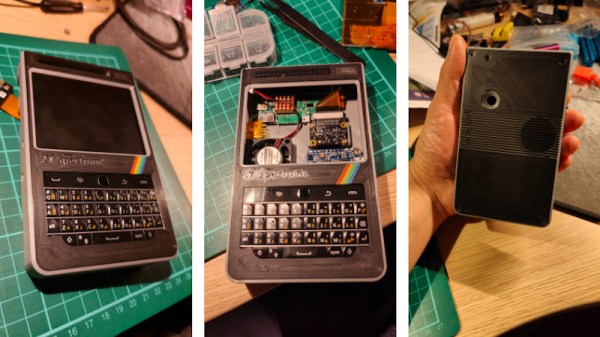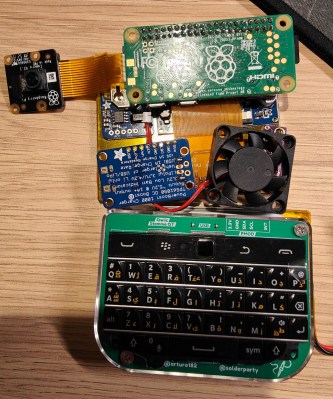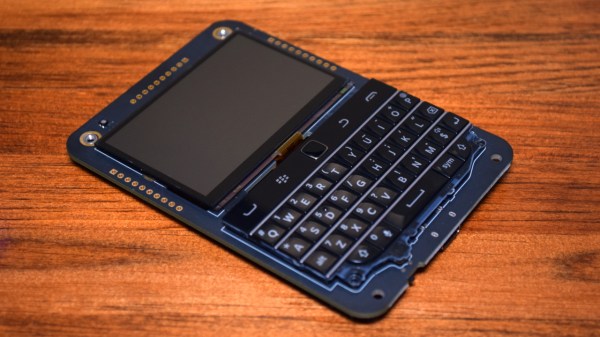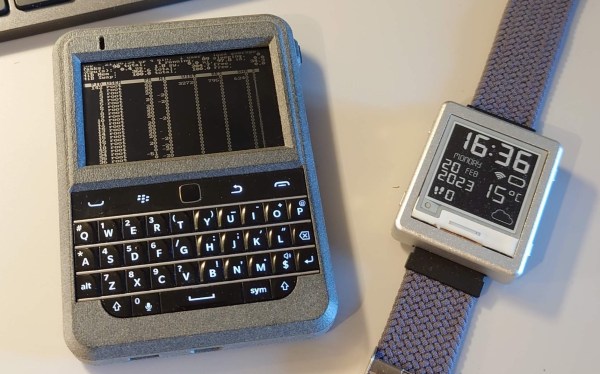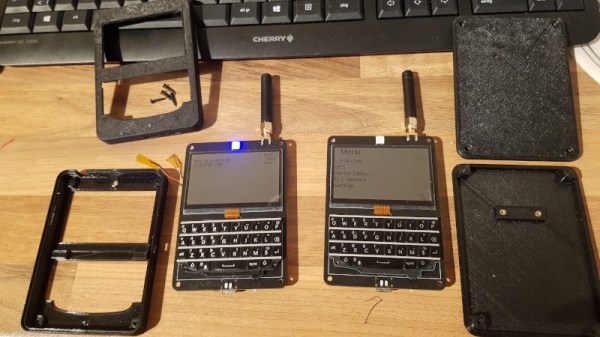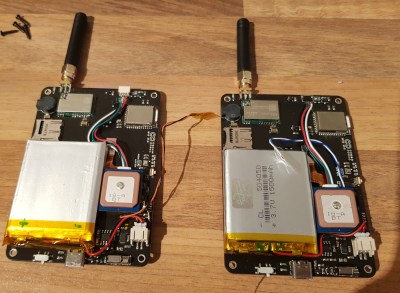What could happen when you open-source a hardware project?
No, seriously. I hold a fair few radical opinions – one is that projects should be open-source to the highest extent possible. I’ve seen this make miracles happen, make hackerdom stronger, and nourish our communities. I think we should be publishing all the projects, even if incomplete, as much as your opsec allows. I would make ritual sacrifices if they resulted in more KiCad projects getting published, and some days I even believe that gently bullying people into open-sourcing their projects can be justified. My ideal universe is one where companies are unable to restrict schematics from people getting their hardware, no human should ever hold an electronics black box, by force if necessary.
Why such a strong bias? I’ve seen this world change for the better with each open-source project, and worse with closed-source ones, it’s pretty simple for me. Trust me here – let me tell you a story of how a couple reverse-engineering efforts and a series of open-source PCBs have grown a tree of an ecosystem.
A Chain Of Blackberry Hackers
Continue reading “The Blackberry Keyboard: How An Open-Source Ecosystem Sprouts”





